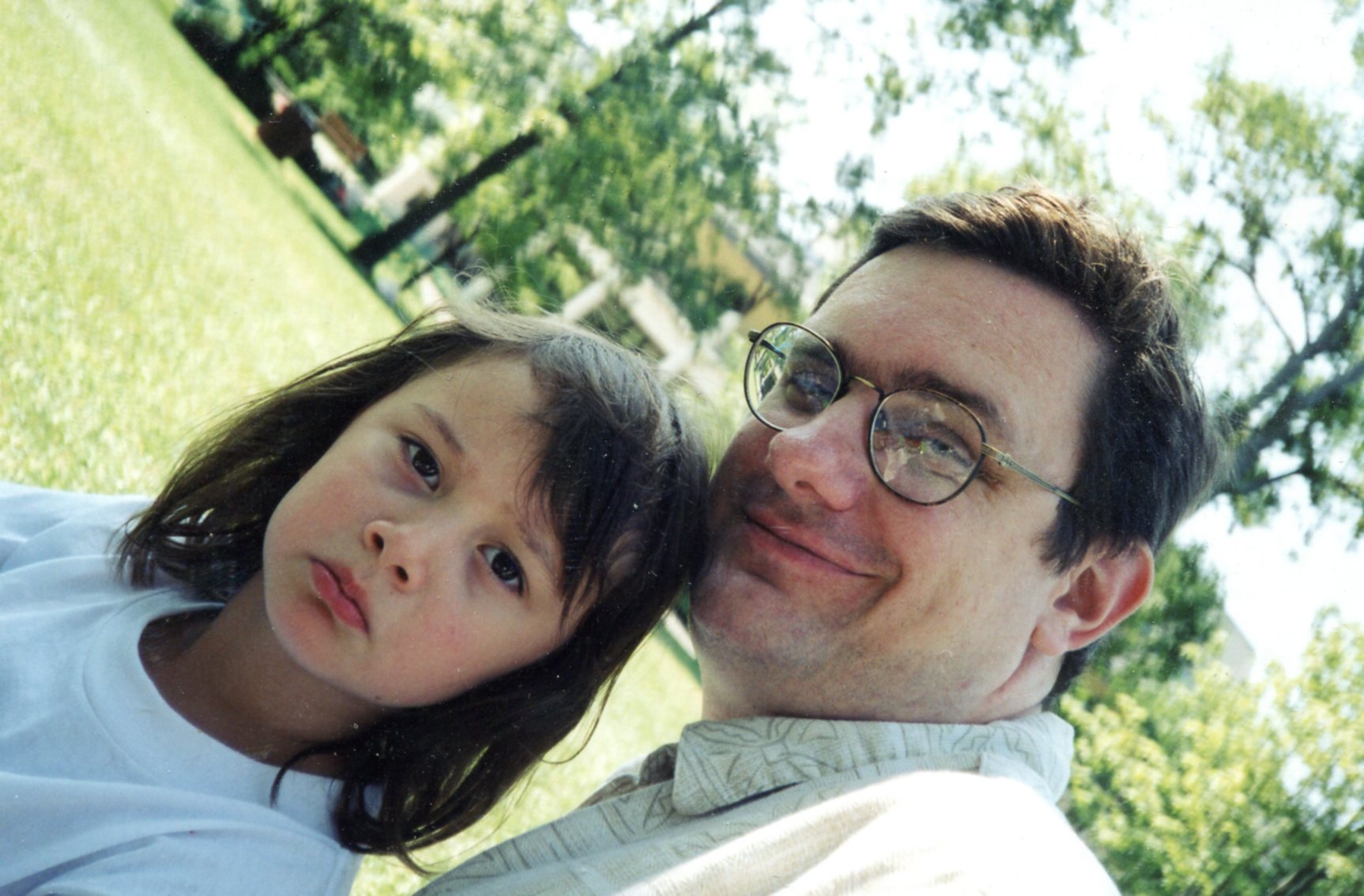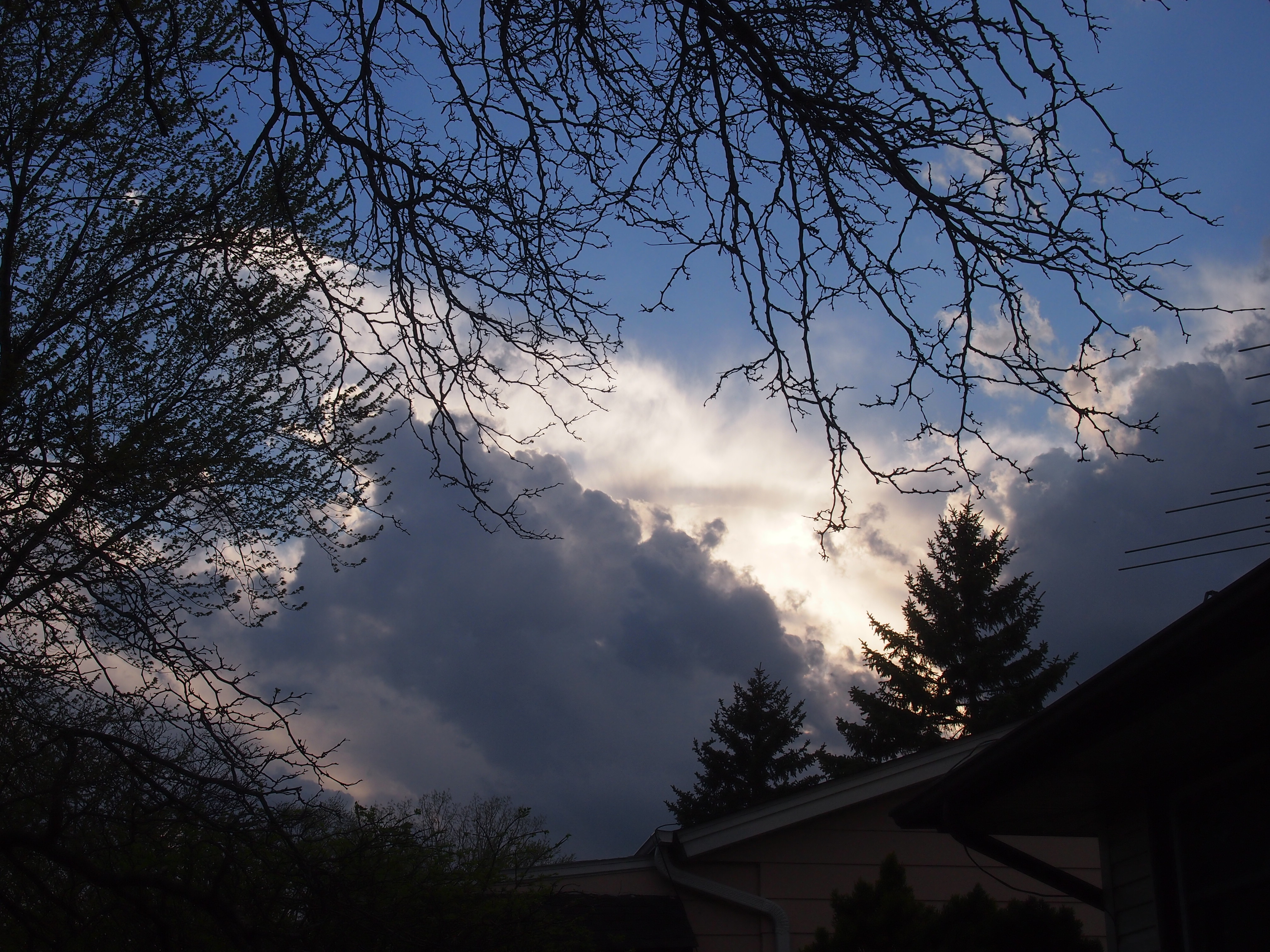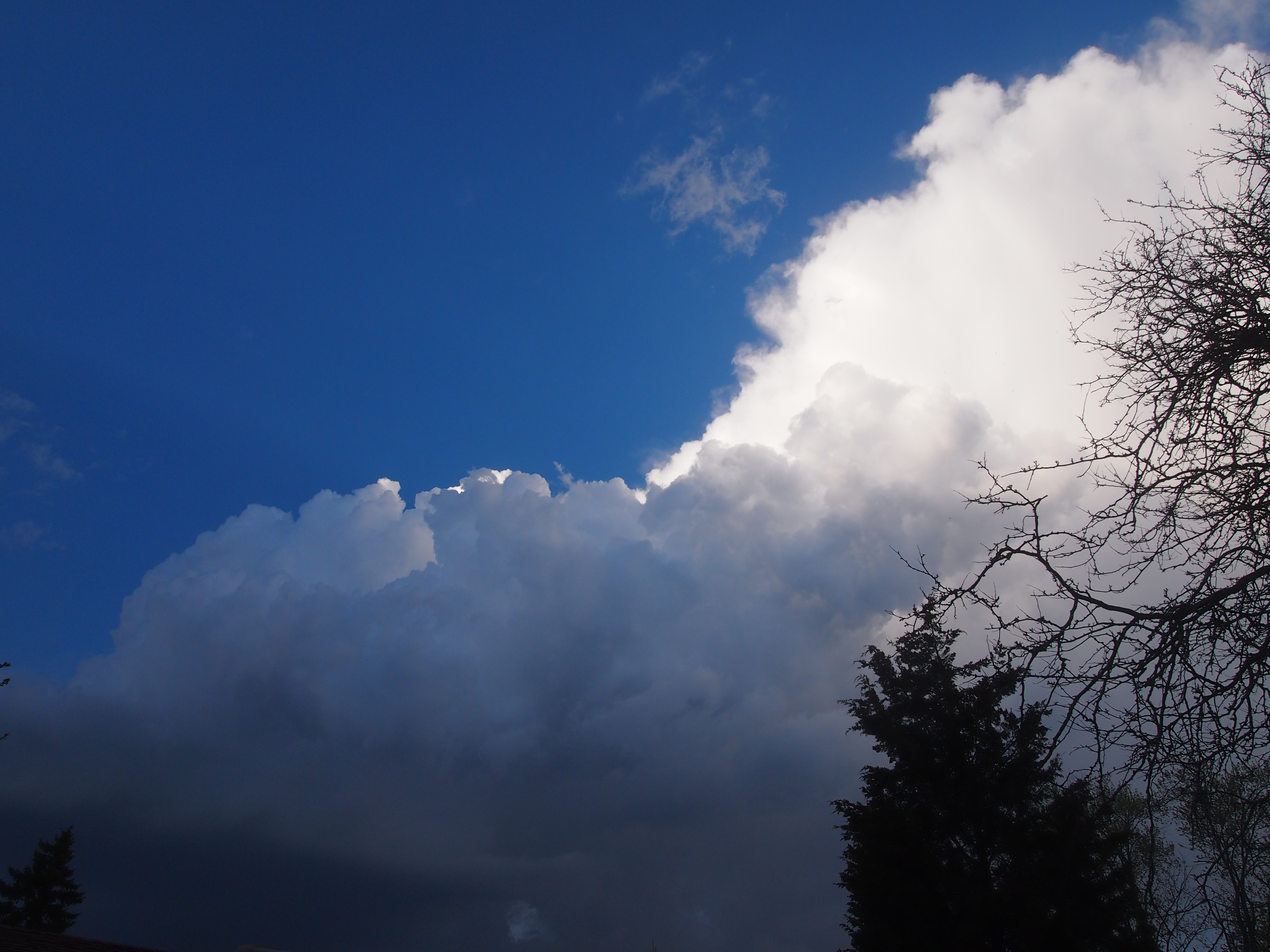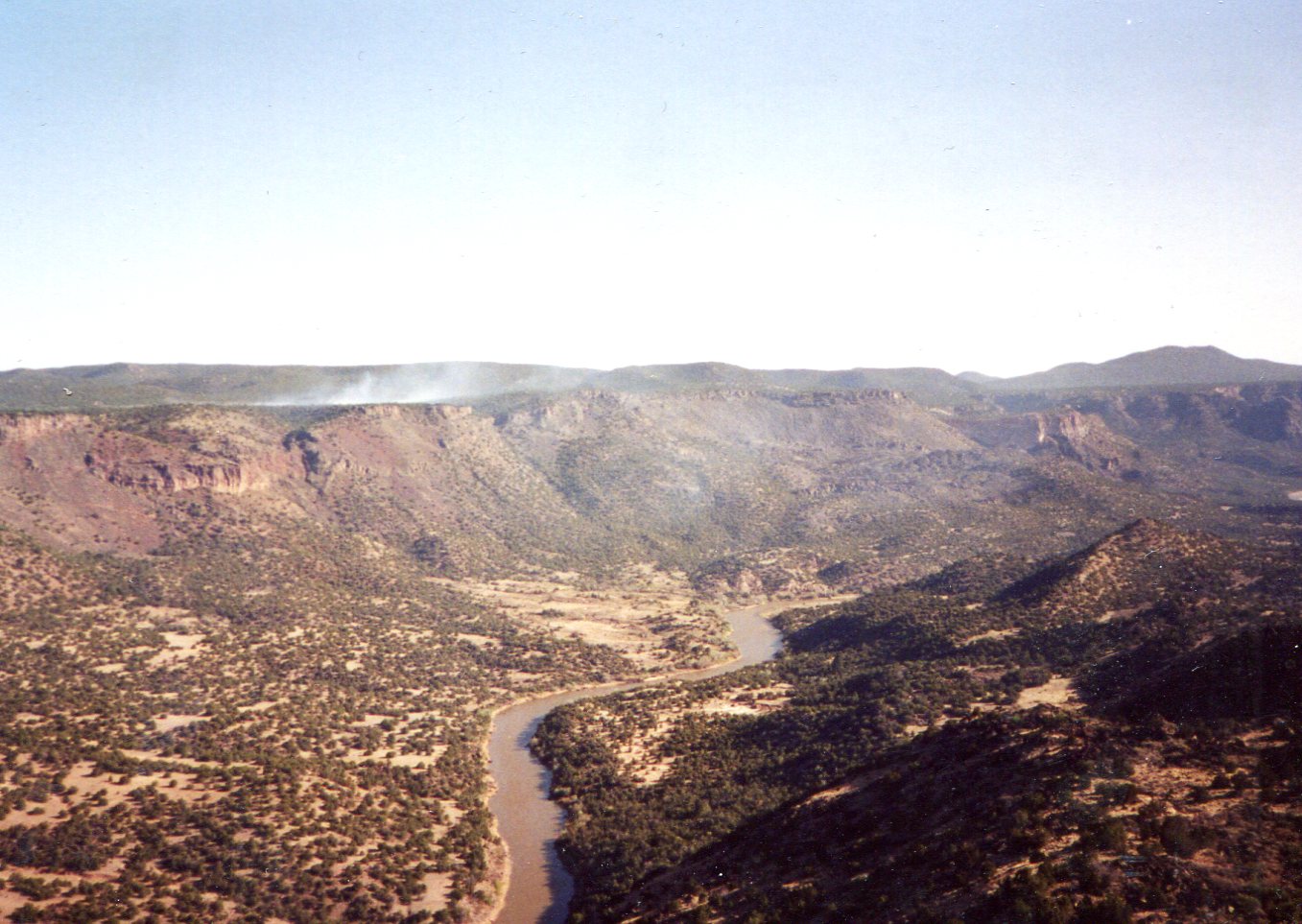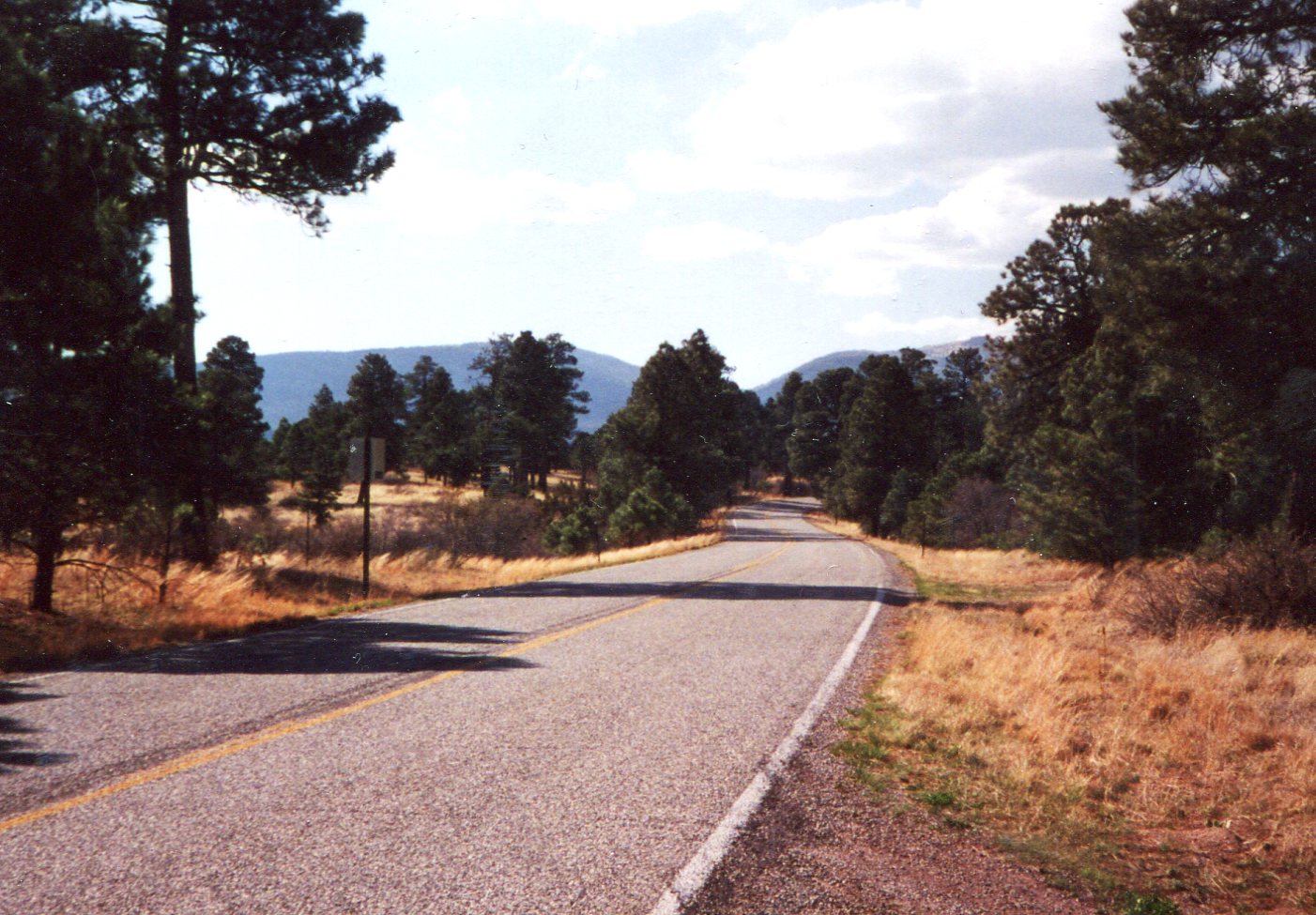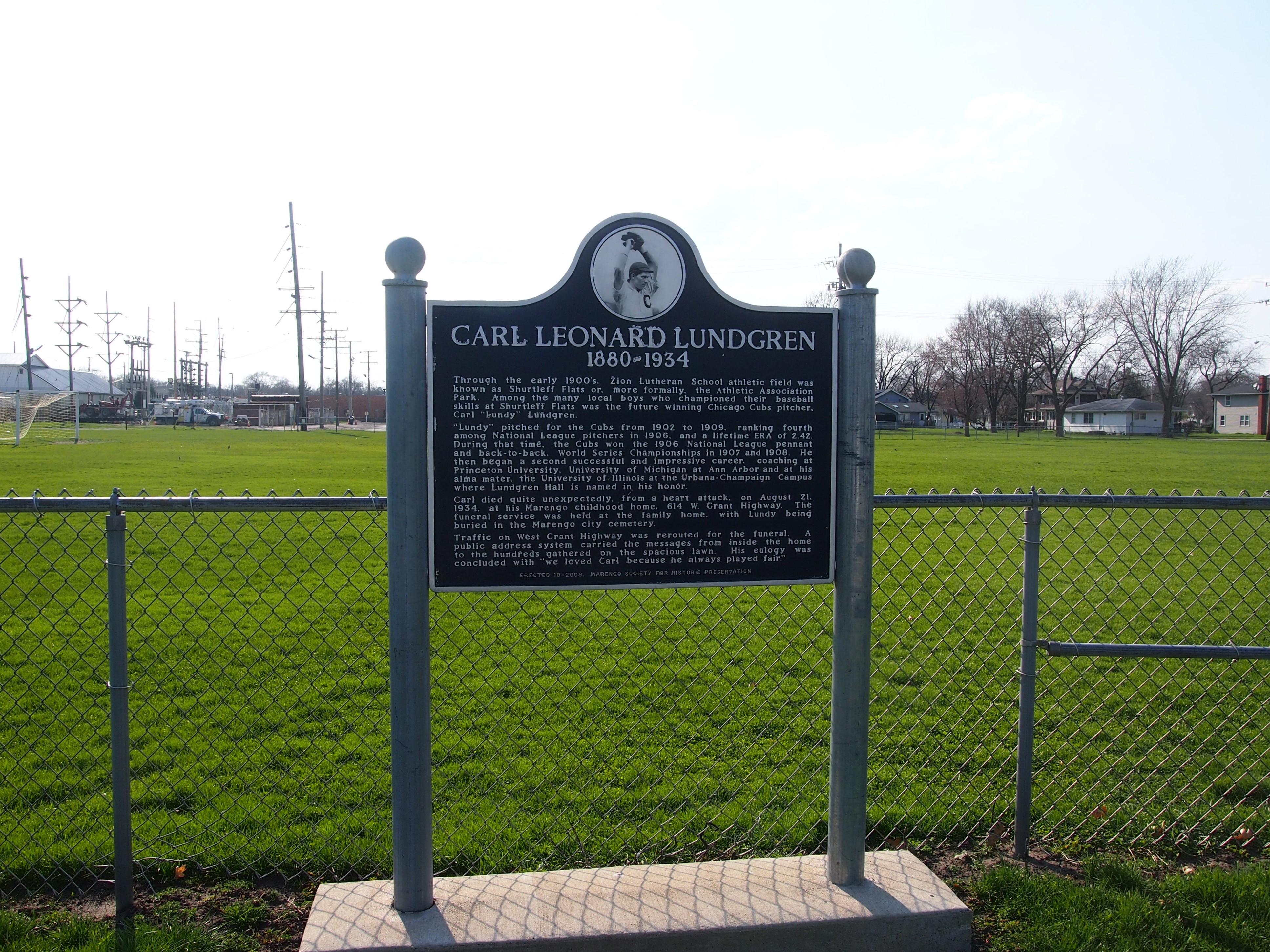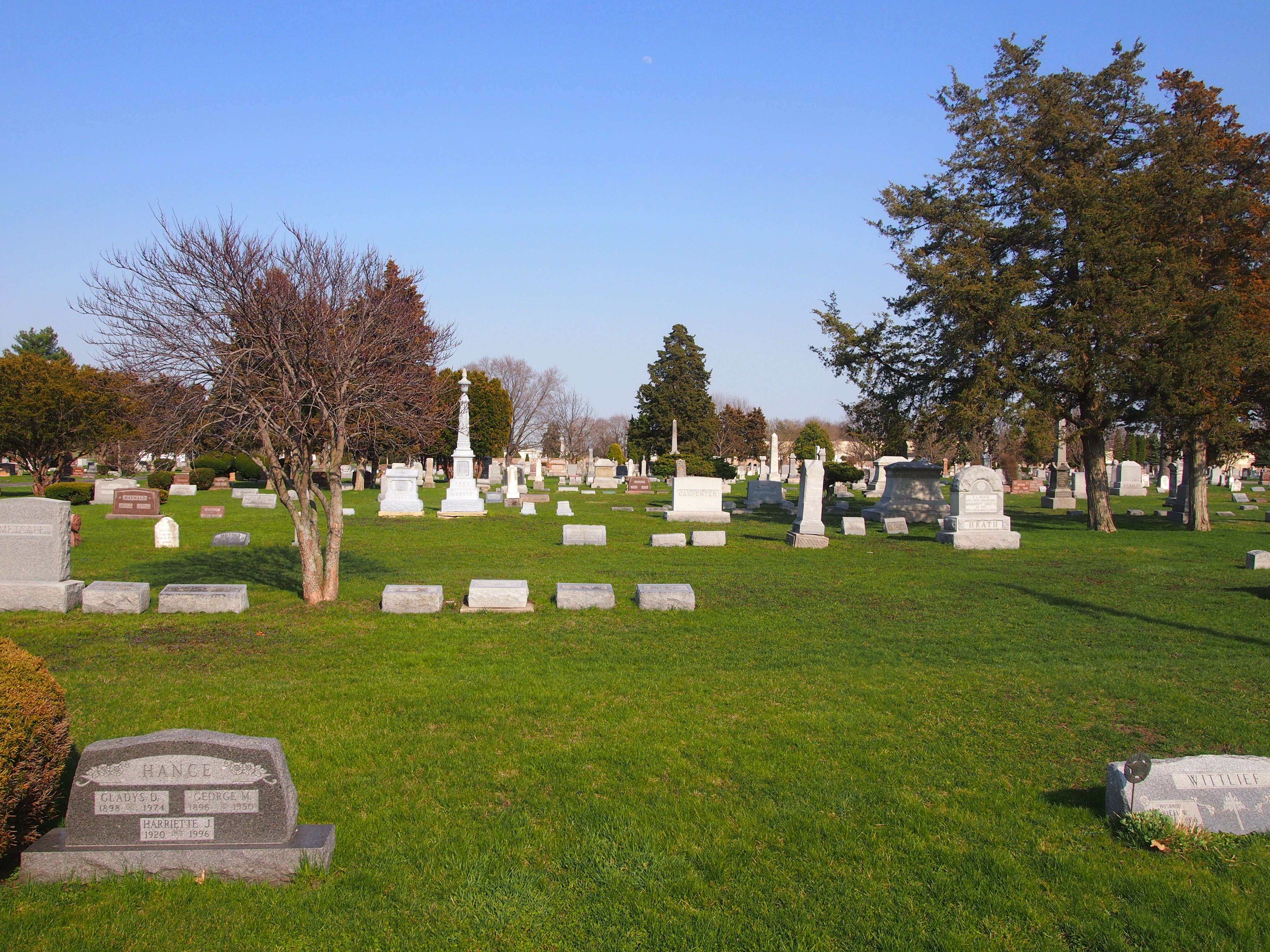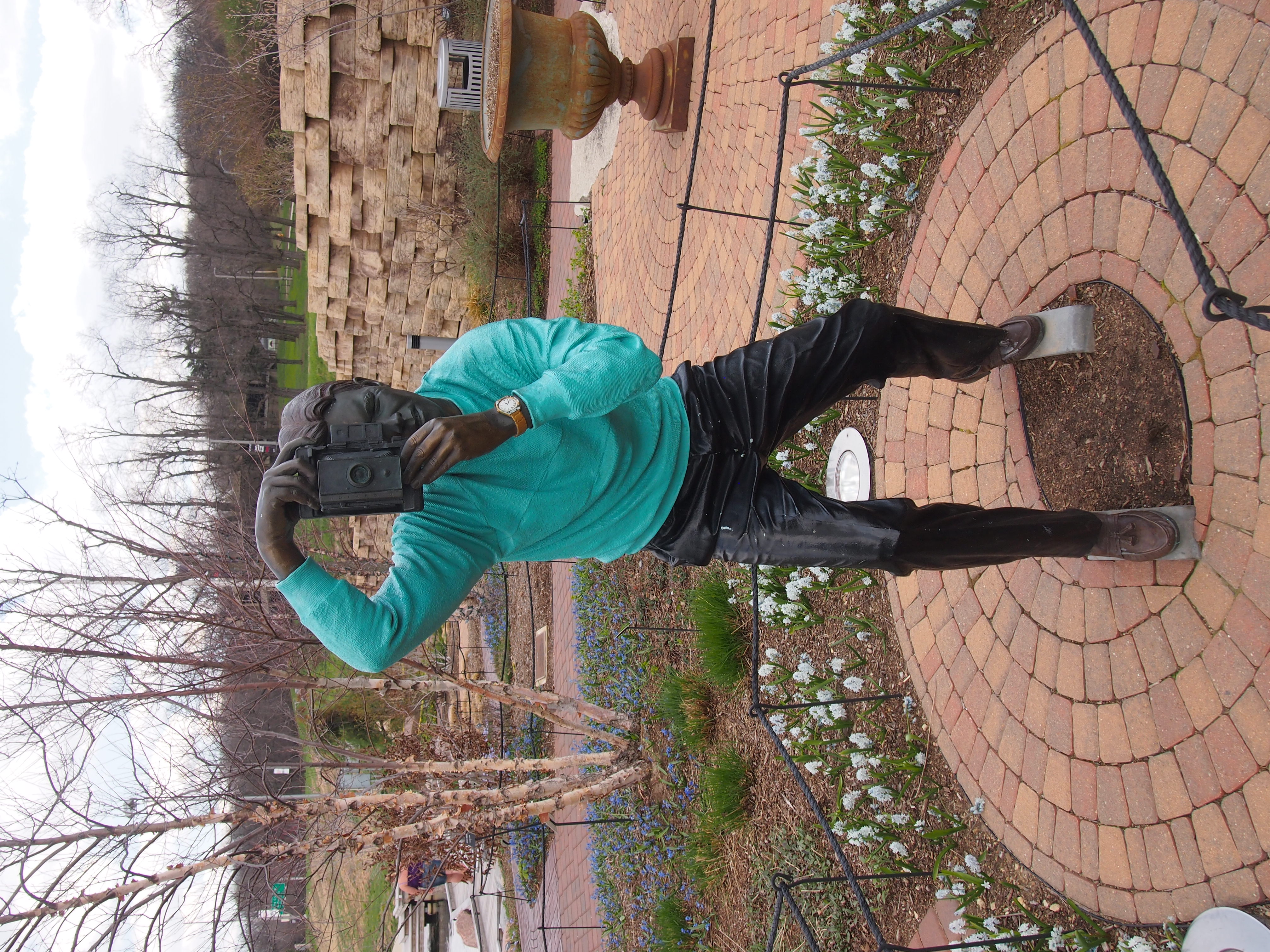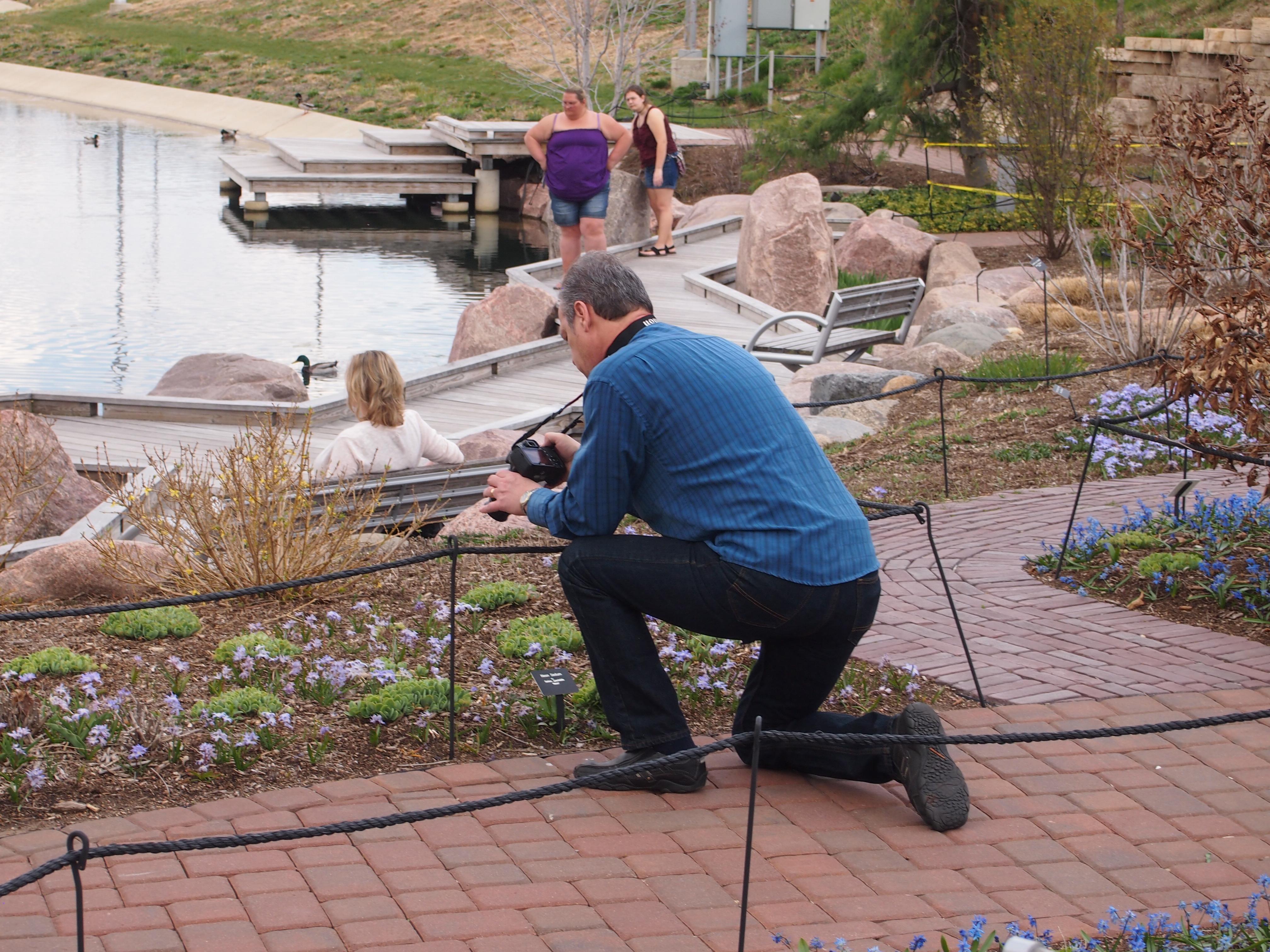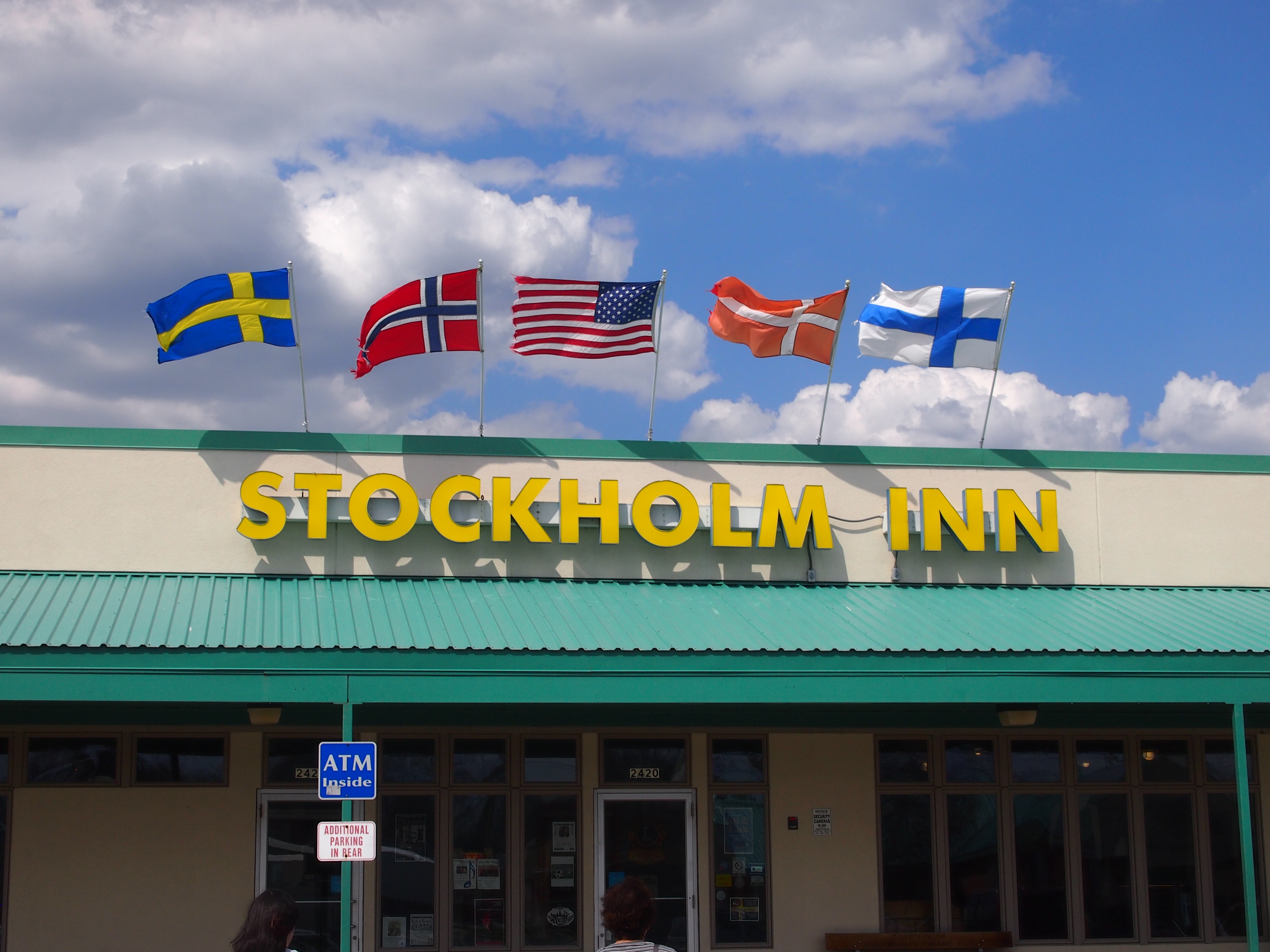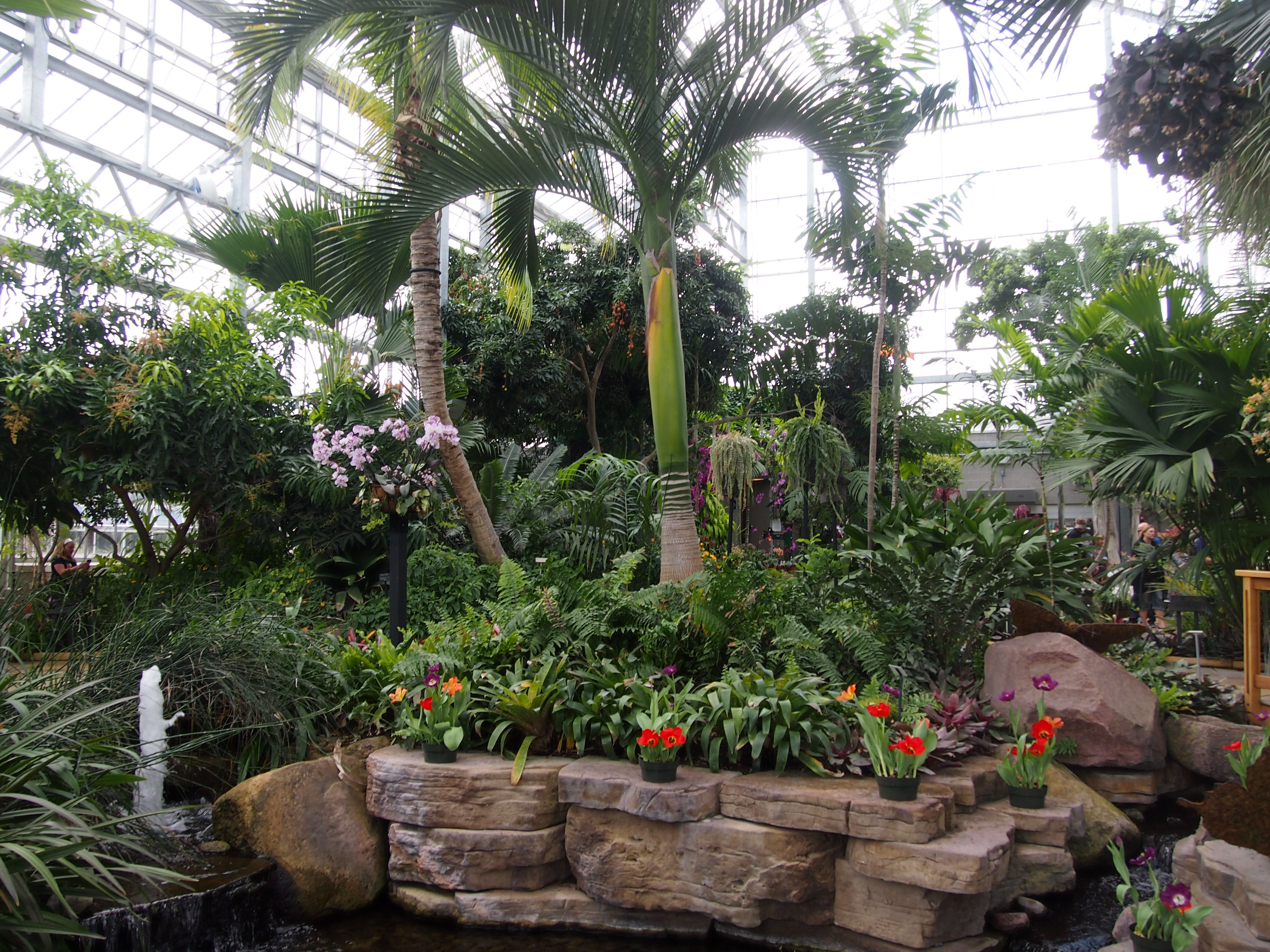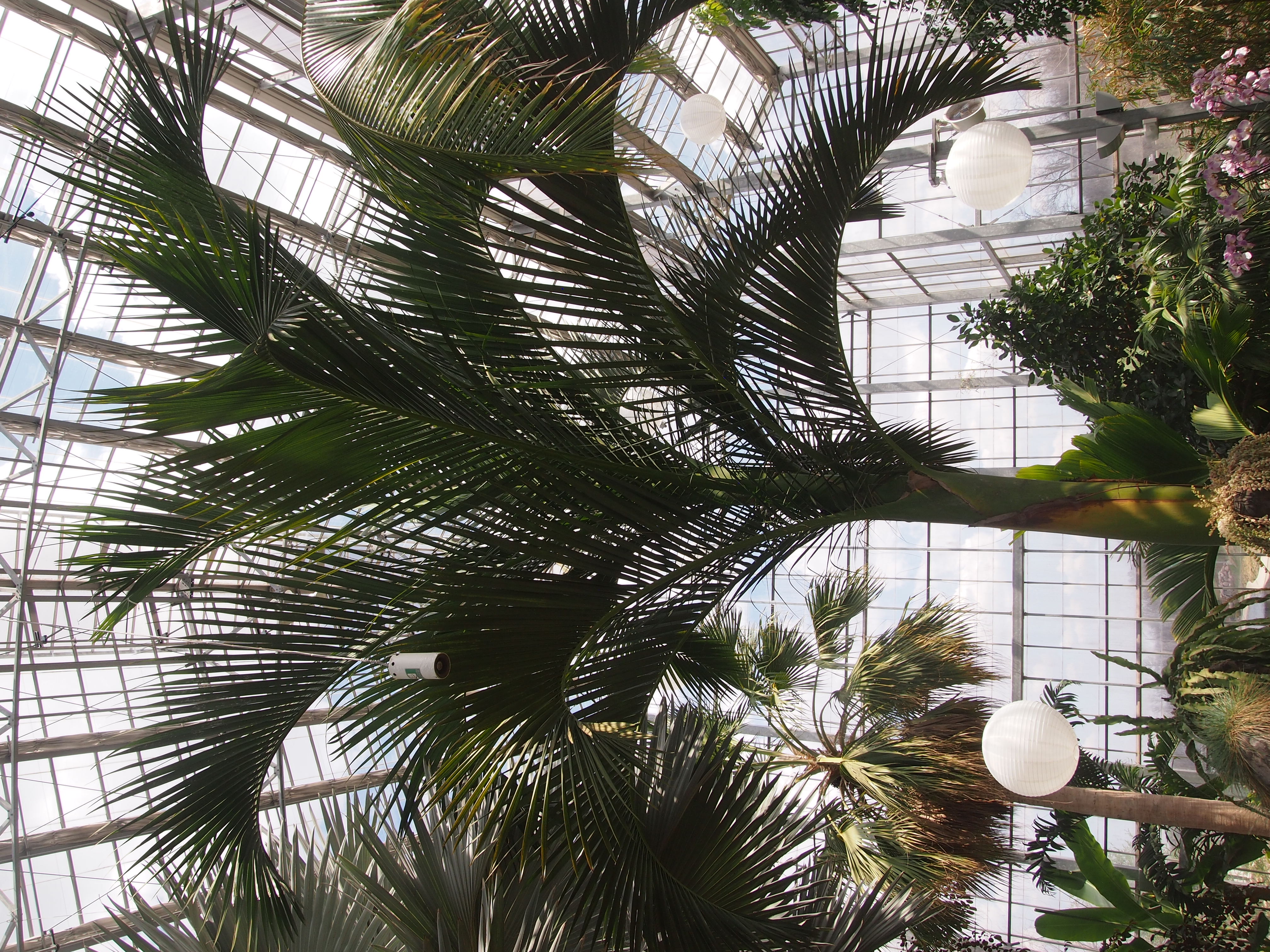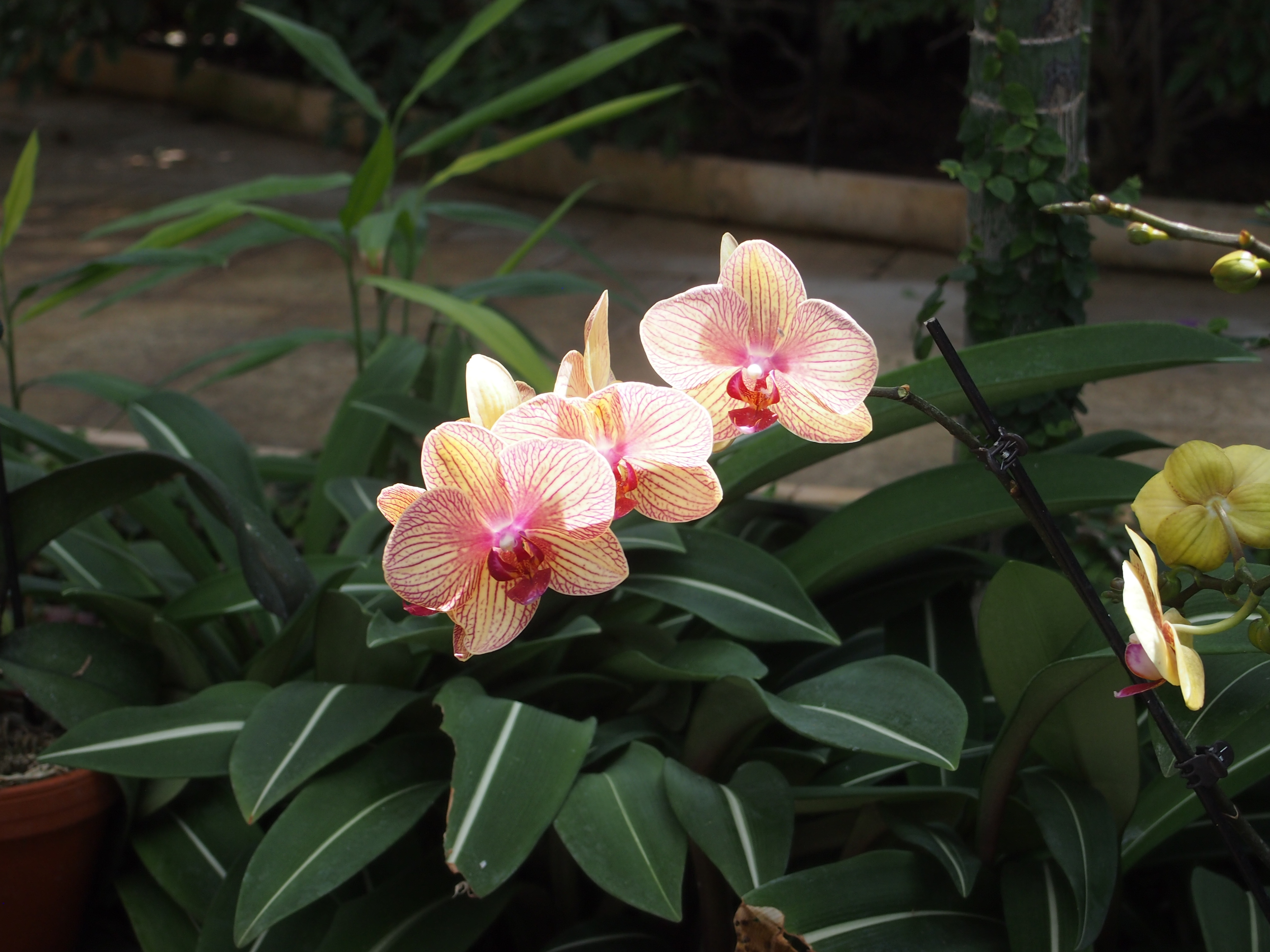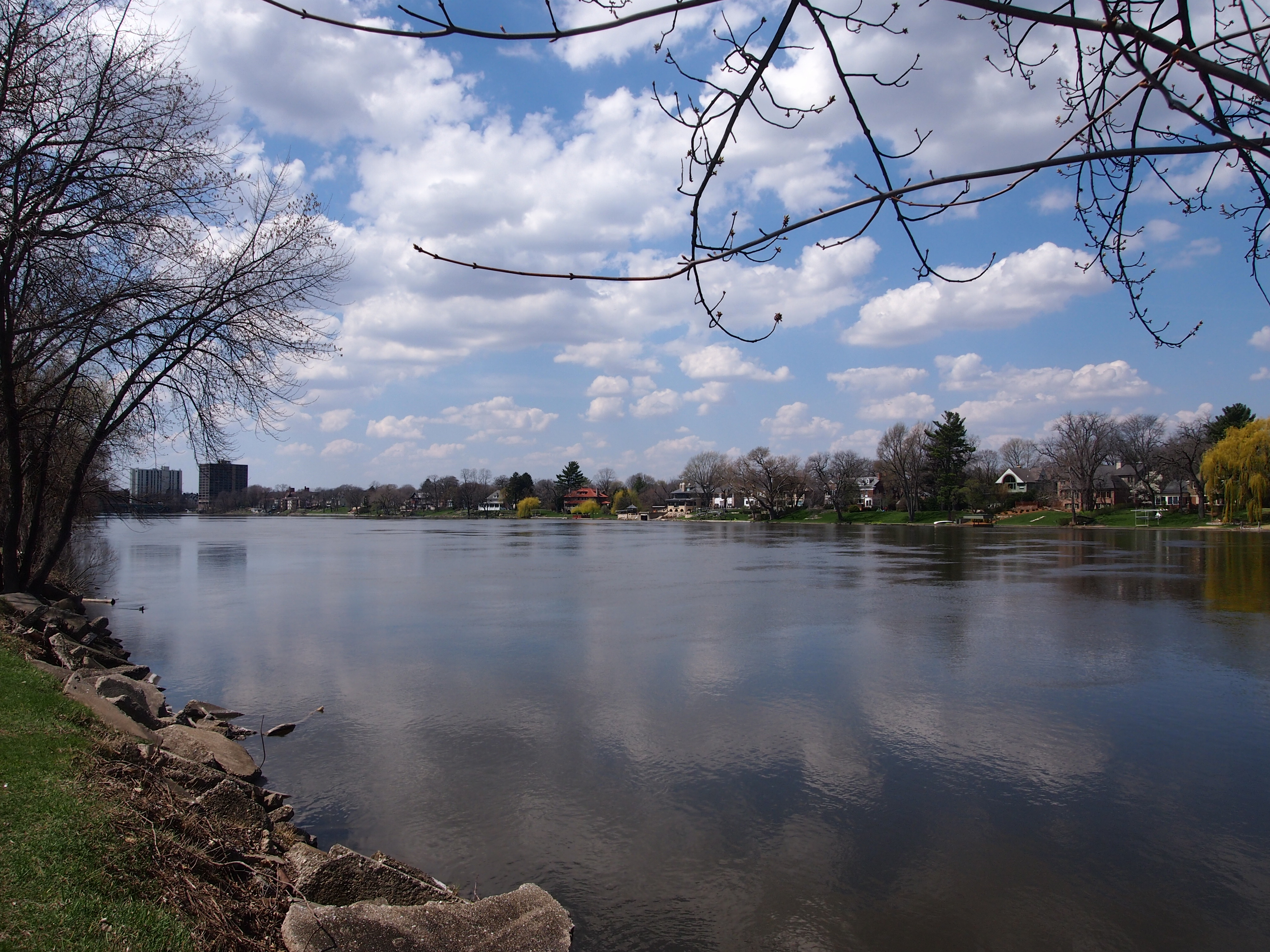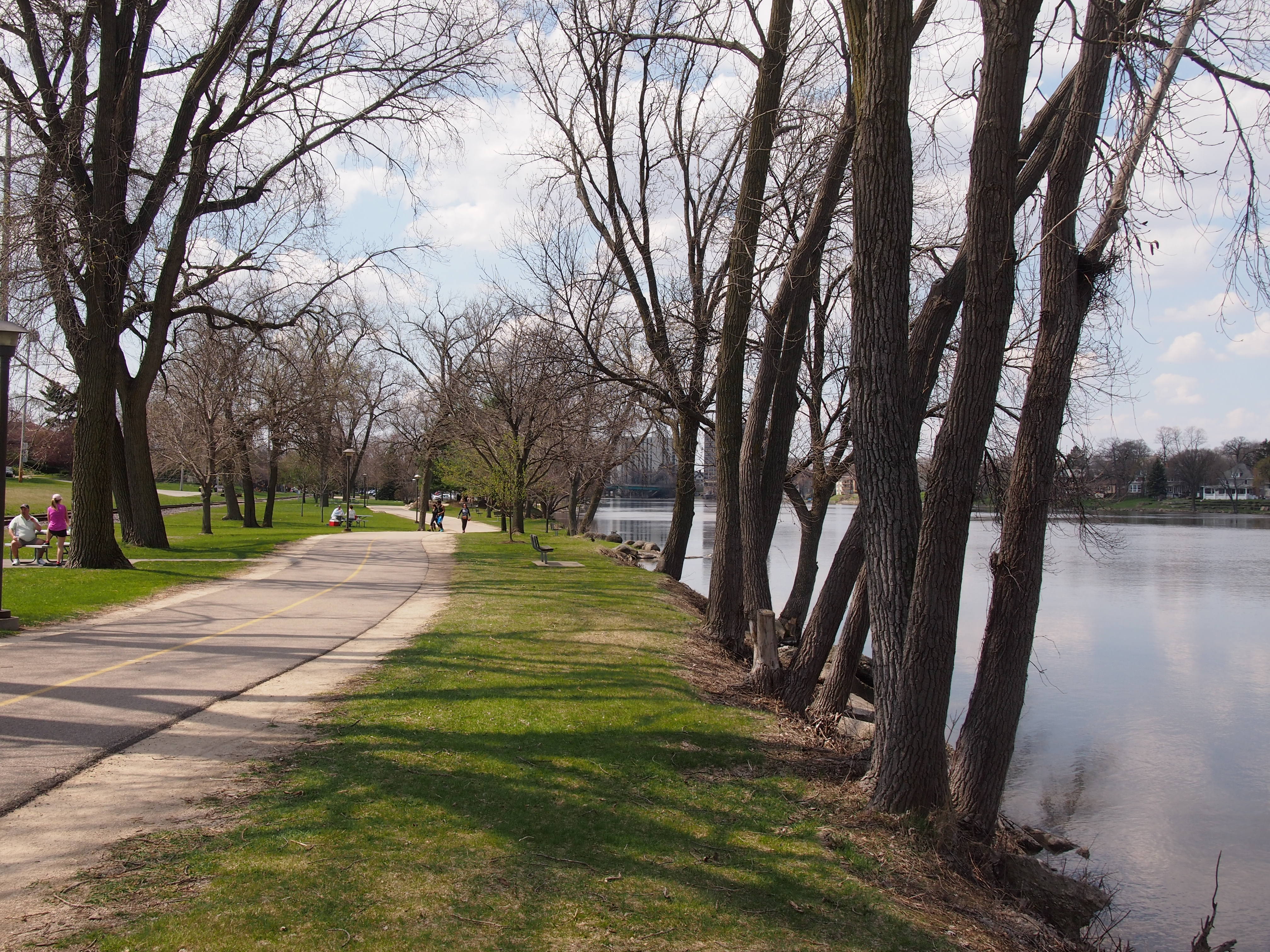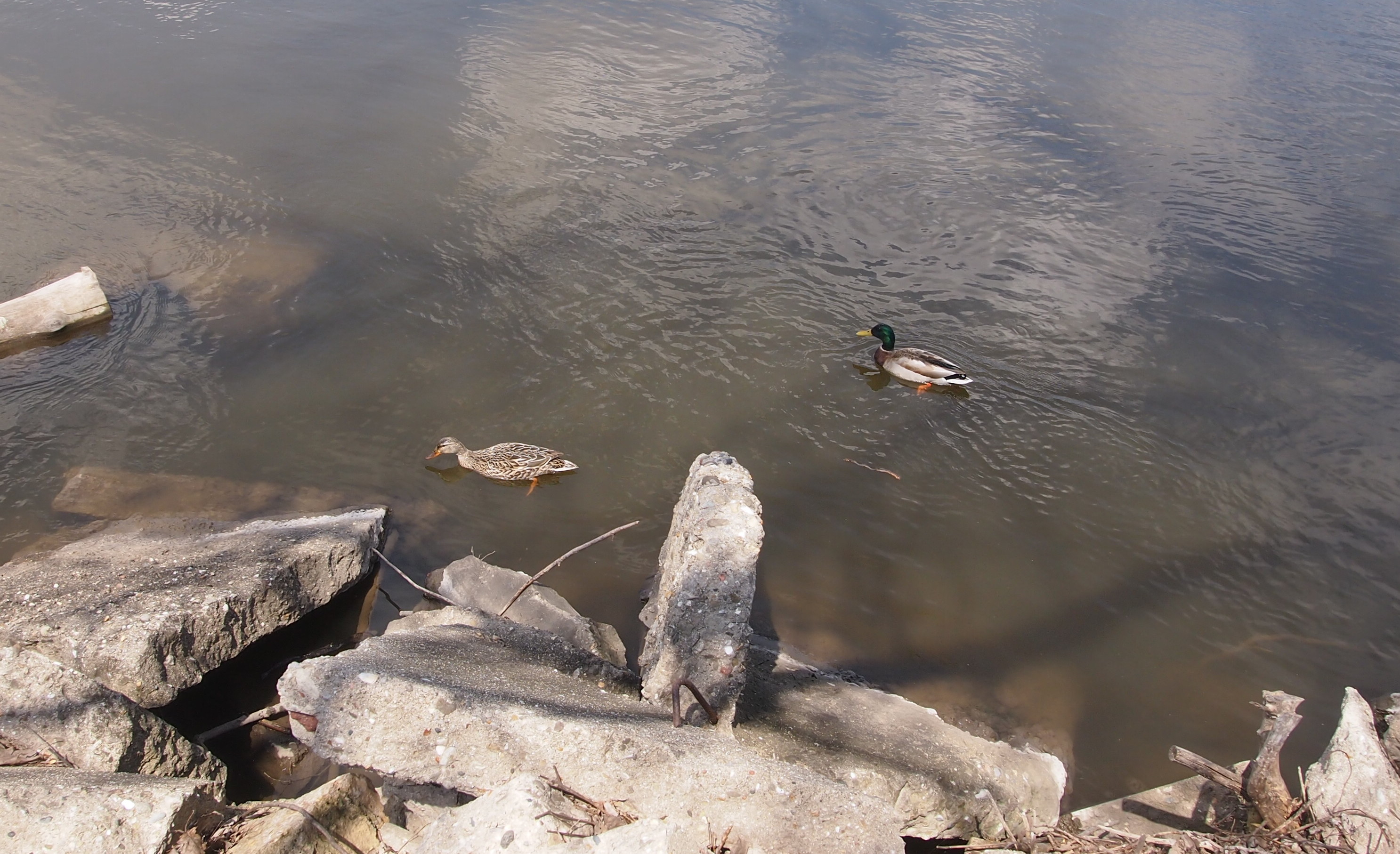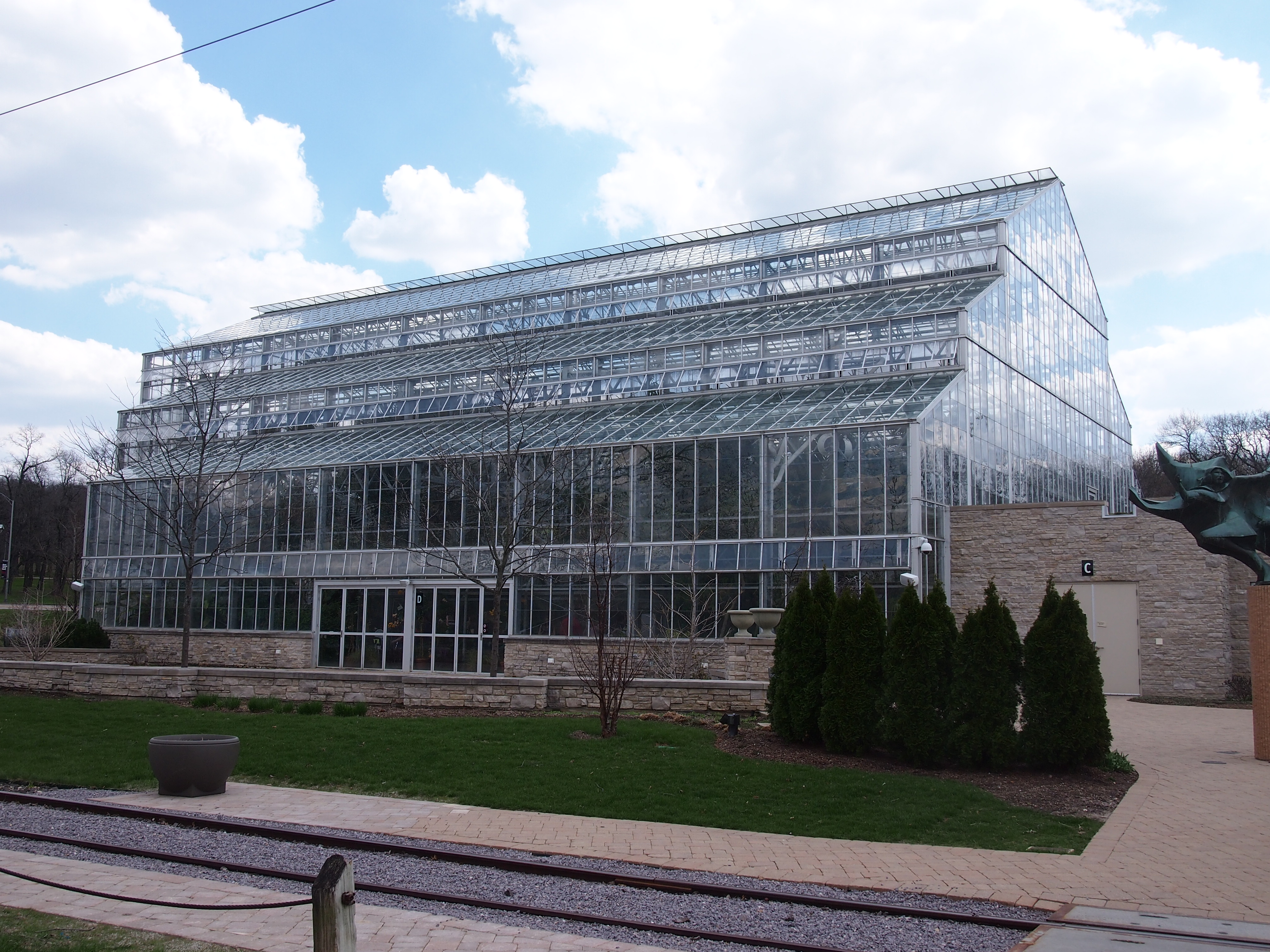Rain, I don’t mind. Miserable cold at the end of April, that doesn’t seem right. That’s what we have, with the promise of slightly less miserable cold during the early days of May.
Here’s a picture of my nephew Dees, taken (probably) by one of his bandmates while they were in Atlanta. I doubt that they’d mind me posting it.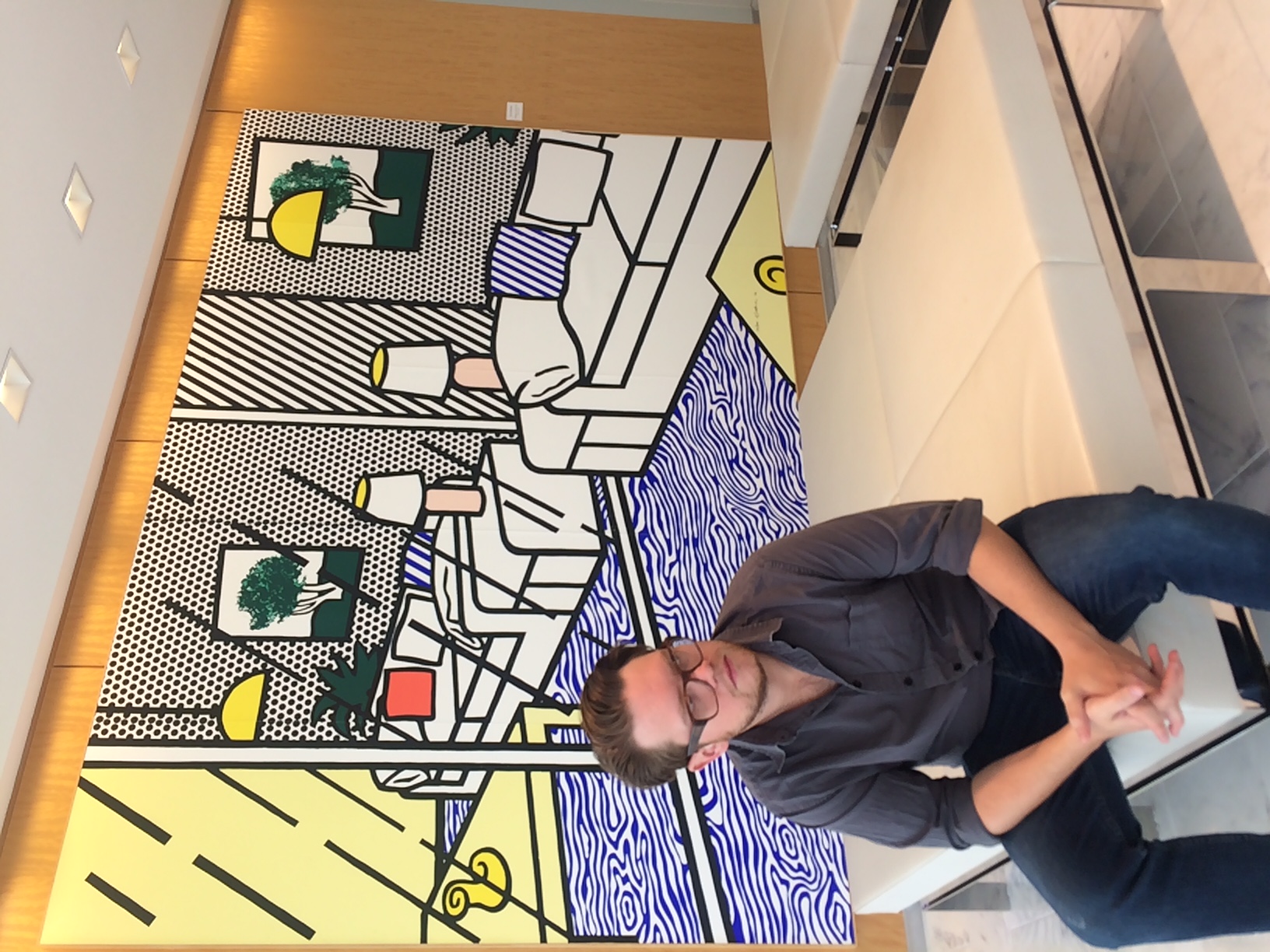 A fellow I don’t know, who seems to be an Englishman — or at least an English-speaker — living in Germany, left me a message at BTST, asking whether I knew the exact location of the Goethe Institut in Lüneburg. He’d attended classes there the same summer I did in 1983, though in August, and if you Google “Goethe Institut, Lüneburg,” I’m the first hit. He must have found me that way. Guess not many other people have posted about their fond memories of the place.
A fellow I don’t know, who seems to be an Englishman — or at least an English-speaker — living in Germany, left me a message at BTST, asking whether I knew the exact location of the Goethe Institut in Lüneburg. He’d attended classes there the same summer I did in 1983, though in August, and if you Google “Goethe Institut, Lüneburg,” I’m the first hit. He must have found me that way. Guess not many other people have posted about their fond memories of the place.
He had the chance to visit Lüneburg again and wanted to see the school. Sadly, I had to tell him I didn’t know the address after all this time. It isn’t on Google Maps, so my suspicion is that it’s long closed. I vaguely remember hearing about plans to close it, even when I was there, but wouldn’t swear to anything.
Apparently he made it to Lüneburg in late April and didn’t see the school. He did find that it was snowing.
If I remember correctly, that’s the handsome Lüneburg Rathaus. But I never saw it during a light snow.
